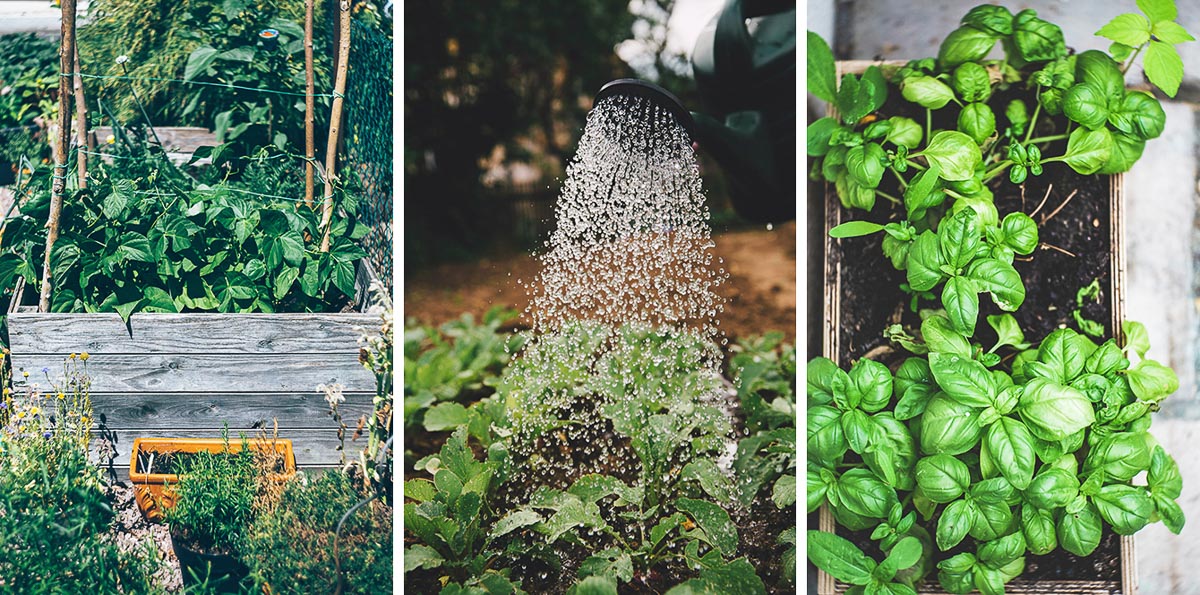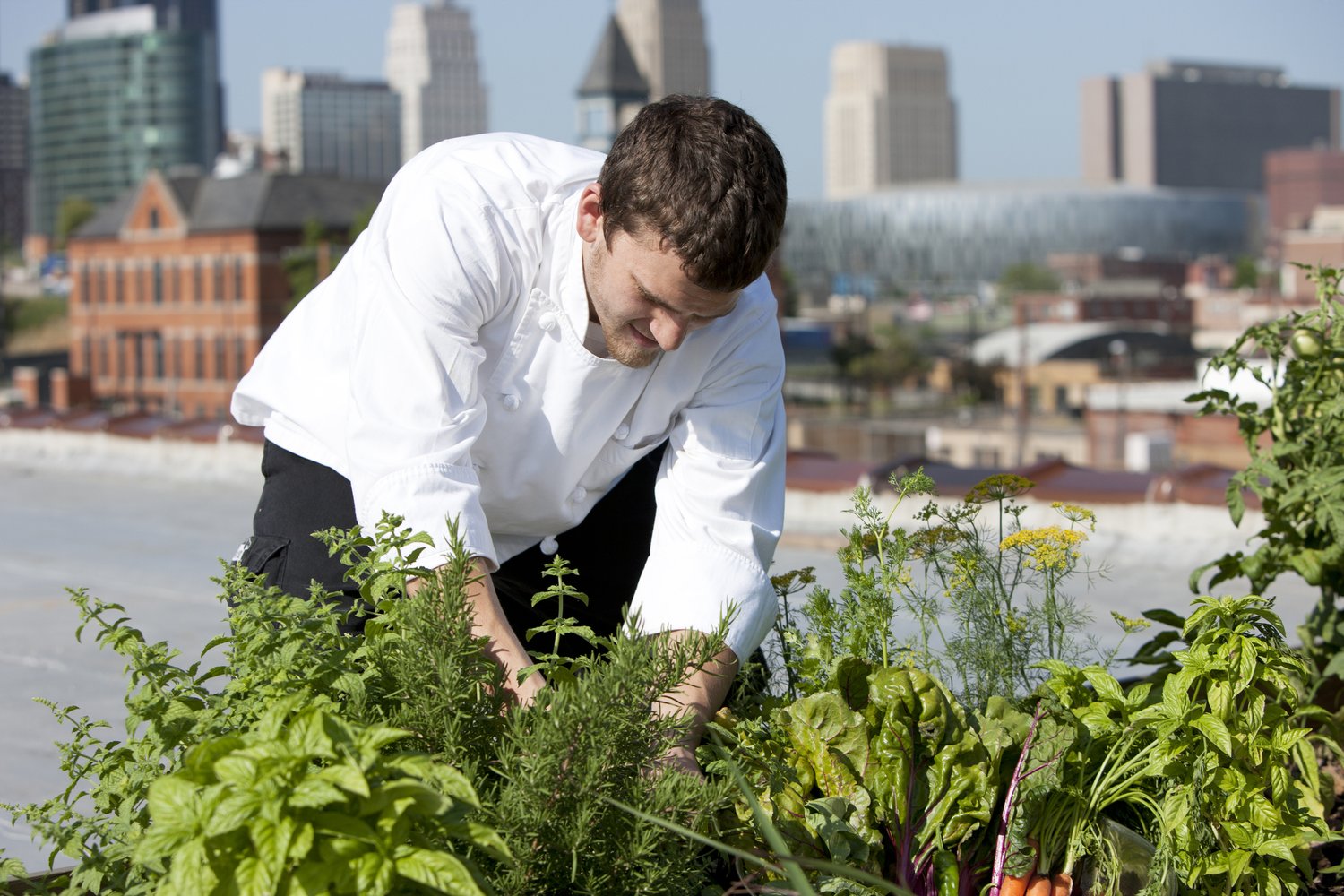The Basic Principles Of City Blooming
The Basic Principles Of City Blooming
Blog Article
About City Blooming
Table of ContentsSome Of City Blooming10 Easy Facts About City Blooming DescribedThe Ultimate Guide To City BloomingRumored Buzz on City BloomingA Biased View of City Blooming
Fascinated in growing food offer for sale in the City of Chicago? Thinking of starting a community yard? Modifications to the Chicago Zoning Ordinance enable agricultural usages like neighborhood yards and metropolitan ranches in numerous parts of the city. Below is a list of often asked concerns concerning the guidelines and regulations that farmers need to take into consideration when intending a metropolitan agriculture task.
The zoning change does not customize any other codes dealing with composting, structure permits, acquiring or leasing City had home, business licenses or environmental contamination. There are existing codes that regulate these concerns and they remain completely impact and might apply to your task. Area gardens are typically possessed or handled by public entities, public organizations or community-based companies and kept by volunteers.
Urban ranches expand food that is planned to be marketed, either on a not-for-profit or for-profit basis. As a result of their commercial purpose, city ranches require a service permit. Yes. A neighborhood garden is permitted to market surplus produce that was grown on site if the sales are accessory or subservient to the garden's primary function defined above.
See This Report about City Blooming
The amount of compost product can not go beyond 25 cubic yards at any kind of provided time according to the standards in 7-28-715 of the City's Municipal Code. Since the dirt at the majority of brand-new garden sites requires modifying, garden compost, soil, timber chips, or other materials can be obtained to construct or enhance the growing room.

If a structure permit is needed then the hoophouse will certainly be thought about an accessory structure. You can discover even more about the building permit demands by contacting the Department of Structures. The 25,000-square-foot dimension limitation is intended to avoid a single neighborhood yard from dominating an offered block or diminishing the block's existing domestic or business character.
The restriction does not apply to gardens situated in Public Open Room (POS) areas. Can there be even more than one community garden that is 25,000 square feet on a solitary block? Secure fencing is not needed, nevertheless, gardens that have big parking areas might be called for to mount secure fencing or various other landscape design functions.
The Main Principles Of City Blooming
B1 & B2 areas need that all commercial use activities be carried out inside your home. Is secure fencing needed for metropolitan farms? Fences might be needed, along with landscaping and testing, for particular vehicle parking areas and outside work or storage areas depending on area and the particular task taking place.
Yes. Urban ranches need structure licenses and zoning authorizations prior to building. Various other types of city review may be called for relying on specific structures, activities, size, landscaping, licensing, public health and stormwater monitoring problems. Several of these requirements are determined in the project style or permitting procedure, nevertheless, the candidate may be responsible to individually identify details licenses or allows that might be required.
The Division of Company Affairs and Consumer Protection can assist identify the details type of company certificate that's needed. Off road auto parking is required for the majority of industrial tasks in Chicago. The needed look at this site number of auto parking spaces is based on the number of staff members working on site and not the square video of the expanding space.
The 25-Second Trick For City Blooming

An urban farm can sell garden compost product created on site, nonetheless, the operation should comply with the guidelines in 7-28-715 of the Chicago Municipal Code. Aquaponic systems are permitted inside on city ranches in several zoning districts.
Approximately 5 hives or colonies of honey bees may be maintained as an accessory usage. However, beekeepers should sign up with the Illinois Department of Agriculture. To learn more concerning the suggested zoning amendment you might contact the Department of Real Estate and Economic Growth, Bureau of Preparation and Zoning at 312.744.8563.
Farming in cities and city locations An urban farm in Chicago. Urban agriculture describes various practices of cultivating. https://us.enrollbusiness.com/BusinessProfile/6739712/City%20Blooming#google_vignette, handling, and distributing food in urban locations. The term additionally puts on the location tasks of animal husbandry, aquaculture, beekeeping, and horticulture in a metropolitan context. Urban farming is identified from peri-urban agriculture, which takes place in backwoods at the side of residential areas.
How City Blooming can Save You Time, Stress, and Money.
It can entail a motion of natural farmers, "foodies" and "locavores", that seek to develop social media networks based on a shared ethos of nature and area holism. These networks can develop using official institutional support, becoming integrated right into neighborhood community planning as a "change town" motion for sustainable metropolitan development.
In either situation, the a lot more straight accessibility to fresh veggie, fruit, and meat items that might be understood with metropolitan farming can boost food protection and food safety and security while lowering food miles, causing lower greenhouse gas emissions, consequently adding to climate modification reduction. A few of the very first proof of urban agriculture originates from Mesopotamia.
Report this page